目 录
引言1
第一章 课题分析3
1.1 干冰清洗机目的3
1.2 清洗工艺及设备设计的要求3
1.3 常见方案分析4
1.3.1 刷淋式清洗机4
1.3.2 桨叶式清洗机4
1.3.3 浸泡式清洗机4
1.3.4 滚筒式清洗机5
第二章 方案的设计6
2.1 概述6
2.2 机械结构的设计6
2.2.1 初步估算功率6
2.2.2 减速器的选择7
2.2.3 传动机构的设计计算7
2.2.4 张紧机构的设计10
2.2.5 缸体的设计11
2.3 辅助设备的选择11
2.3.1 泵的选择11
2.3.2 轴承的选择11
2.3.3 滚动轴承座的选择12
第三章 超声波清洗机14
3.1 超声波和气泡清洗蔬菜的机理探讨14
3.1.1 超声波清洗蔬菜的机理14
3.1.2 气泡清洗蔬菜的机理15
3.2 清洗工艺参数的确定16
3.2.1 干冰清洗机试验机的设计16
3.2.2 试验设计及数据分析16
3.3 干冰清洗机机结构设计19
第四章 清洗废水的处理20
第五章 远红外干燥杀菌21
设计小结22
致 谢24
参考文献25
摘 要 本设计论述了研制自动化连续型干冰清洗机的必要性和可行性。干冰可以分为叶状类干冰和根茎类干冰,叶类干冰表面残存有尘土、有机肥、及残存的化学农药、微生物等,且叶类干冰本身比较嫩脆,容易折段压溃,而根茎类干冰表皮强度较好,有的还要求去皮食用,不存在表皮损伤问题。我们针对叶状类类干冰和根茎类类干冰这两种干冰物理性质的不同,分别设计了QX-J型根茎类干冰清洗机和QX-Y型叶状类干冰清洗机,并介绍了其工艺流程和整体结构。QXJ型根茎类干冰清洗机采用滚筒方式清洗,QX-Y型叶状类干冰清洗机的工艺流程为浸泡清洗 -- 喷射清洗 -- 超声波清洗 -- 喷淋清洗 -- 出菜。
利用高于20KHZ的超音频电能的超声波,能通过换能器转换成高频机械振荡而传入到清洗液中。超声波在清洗液中疏密地向前辐射,使液体移动,并产生数万计的微小气泡,这些气泡在超声波纵向传播的负压区形成、生产、迅速闭合称为空化现象。在空化现象中气泡闭合时形成超过1000个大气压的瞬时高压,连续不断产生的瞬时高压就像一连串小爆炸不断地轰击物体表面,使物体表面及缝隙中污垢迅速剥落,这种空化侵蚀作用就是超声波清洗的基本原理。
关键词: 自动化 浸泡 喷淋 超声波清洗 水处理
The washing and spraying type machine for vegetable
Abstract This design expounds the necessity and feasibilities to develop the automation continuous type wash, vegetables are divided into leaf form type vegetables and rhizome type vegetable. The surface of the leaf type vegetables and rhizome type vegetable. The surface of the leaf type vegetables remains to have dust, orangic fat. Chomical agriculture chemical and microorganism. And it is fresh and flat, getting easy to be rolled over .The epidermis of the rhizomes type vegetables intensity better. More of them require to unskin eating. So it does not exist the epidermis problem of damaging, we directed against the differences of physical properties of leaf form type vegetables and rhizome type vegetables to design model QX-J wash for leaf form type vegetables and QX-Y for rhizome type vegetables and introduces their technological process and whole structure. Model QX-J rhizome type vegetables wash machine adopt cylinder. And the processes of the Model QX-Y leaf form type wash machine is immersion washing—spray washing—ultrasonic wave washing—spray washing—bringing the vegetables out.
The height frequently effect ultrasonies which are more than 20 KHZ are translates the mechanical vibrational via the exchanged energy organ and transmitted into the intermedium.Nonstopped vibration of ultrasonic made the liquid moved forward in the intermedium and can give birth to ten thousands of little air bubble. It is called for around-the-clock that the air bubbles form, develop and shut up rapidly in the pressure region of the track of the ultrasonic moving. The opening of the air bubbles form one thousand of air pressure. The lash of the surface of cleaned object continuous and continuous which likes giving birth to dense explosion on the surface of cleaned object made the grease stain fabled off. The fun dametal is the theory of ultrasonic cleaning.
Keywords automize soak gush out and drench ultrasonic washing water treatment
引言
干冰清洗机是一年四季均有干冰清洗机上市,也是家庭、餐桌上常见的菜种。干冰清洗机土生土长,沾附着泥土、有机肥、微生物等污物,这是不能入口的。洗菜时有水的机械冲刷作用,也有溶解过程。清洗的目的性已经非常明确,而目前针对农药污染,清洗又把去除农药残留放在首位。所以清洗不仅仅是洗掉干冰清洗机表面的泥土,而是杜绝有害物质的重要方式,怎样清洗干冰清洗机已经成为困扰人们的一个问题。传统自来水洗洗、冲冲、泡泡的办法、洗洁精浸泡法,其弊端显而易见:农药污染使水洗的安全性大打折扣,而且洗洁精以磷酸盐和尿素为主,这样的产品不仅危害皮肤健康,而且清洗不彻底还会对身体产生危害,最重要的是有害化学成份残留在水中会对生活用水造成循环污染。
本文论述了研制自动化连续型干冰清洗机清洗机的必要性和可行性。干冰清洗机可以分为叶状类干冰清洗机和根茎类干冰清洗机,针对叶状类类干冰清洗机和根茎类类干冰清洗机这两种干冰清洗机物理性质的不同,设计了叶状类干冰清洗机清洗机。清洗机的工艺流程为浸泡清洗---喷淋清洗---超声波清洗---出菜。我们着重设计了喷淋式清洗机,在次设备中,干冰清洗机通过不锈钢丝编织网传送带传送,由上下两排喷头进行冲洗,起清洗作用的主要是上面的一排喷头,下面的喷头主要是靠水的压力使干冰清洗机处于一种层流状态,使干冰清洗机的各部位都能清洗到,从而达到比较好的清洗效果。
干冰清洗机清洗机的设计主要是对干冰清洗机进行浸泡,为粘附于干冰清洗机表面上的污物进行初步清洗,并对较难分离的杂质进行浸泡,使泥沙杂质在水的浸泡变得松脱,以利于在以后清洗过程当中容易冲洗。在这一部分,主要设计用传送带实现对干冰清洗机的自动传输和水中浸泡,干冰清洗机在缸体中可实现较为缓慢的运动,通过干冰清洗机与干冰清洗机之间、干冰清洗机与水之间的动摩擦达到很好的预分离效果,而且几乎不损伤叶类干冰清洗机表皮,保证了干冰清洗机的营养成分。对于水的处理,采用水力旋流器对水进行分离澄清,实现水的循环利用。

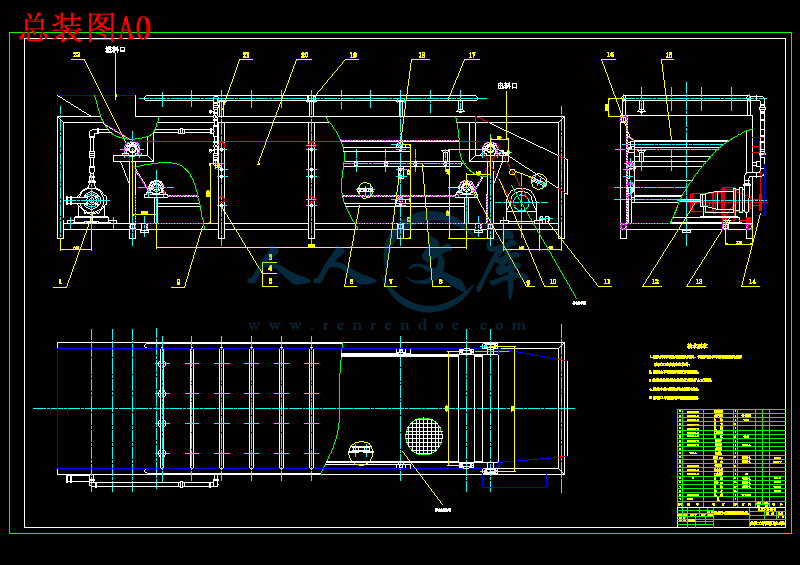
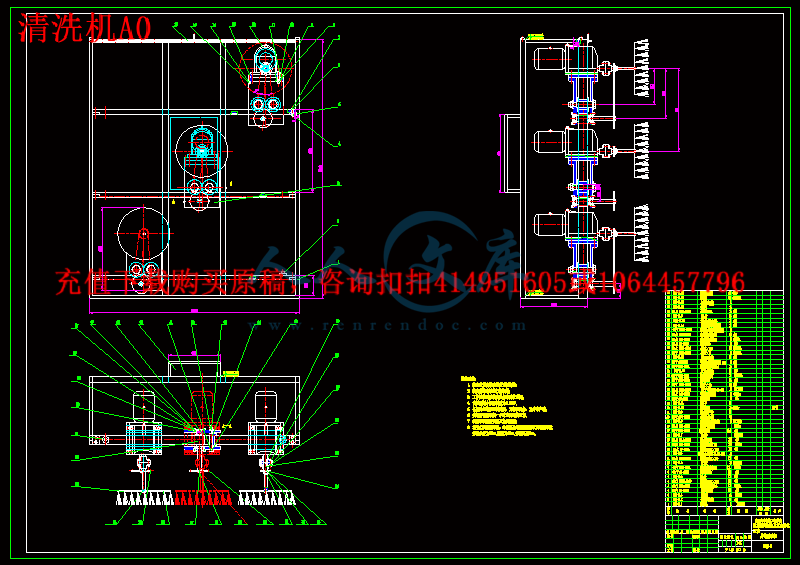

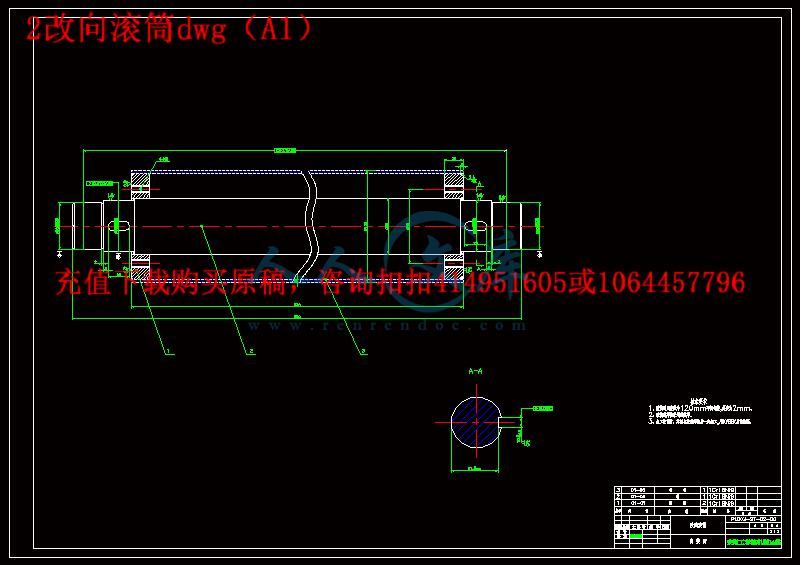

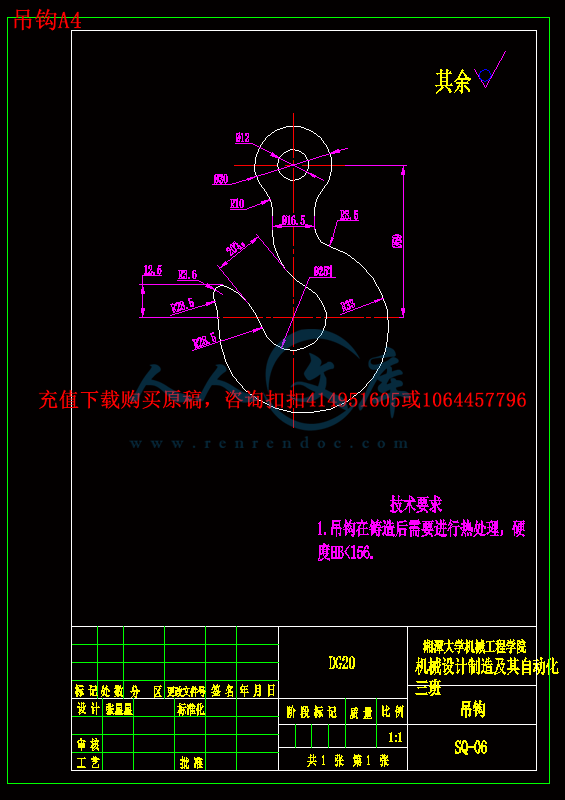

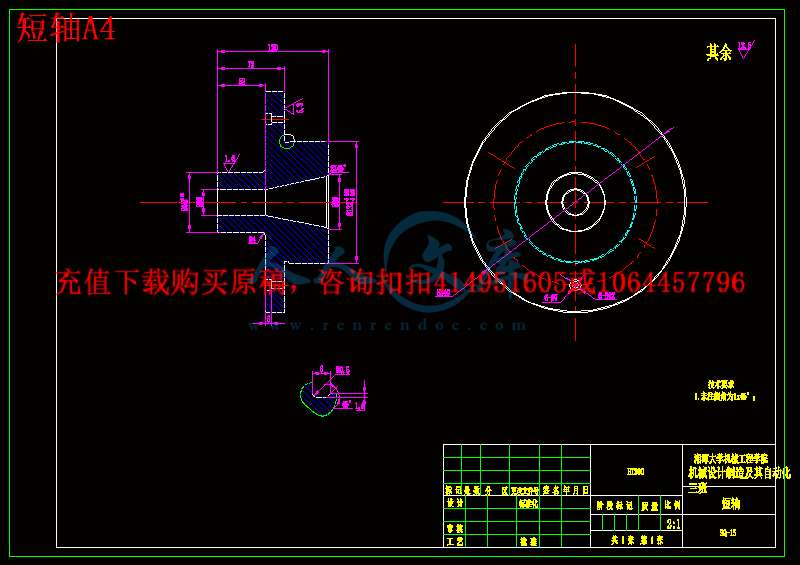
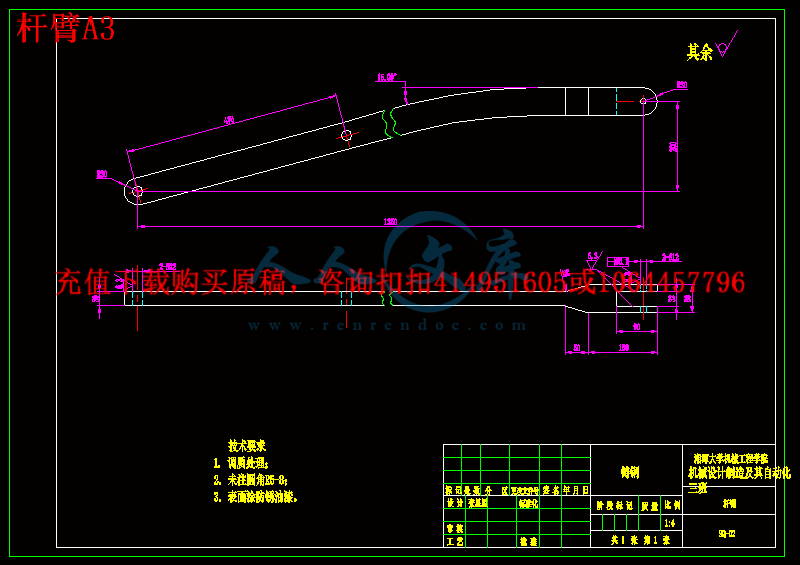

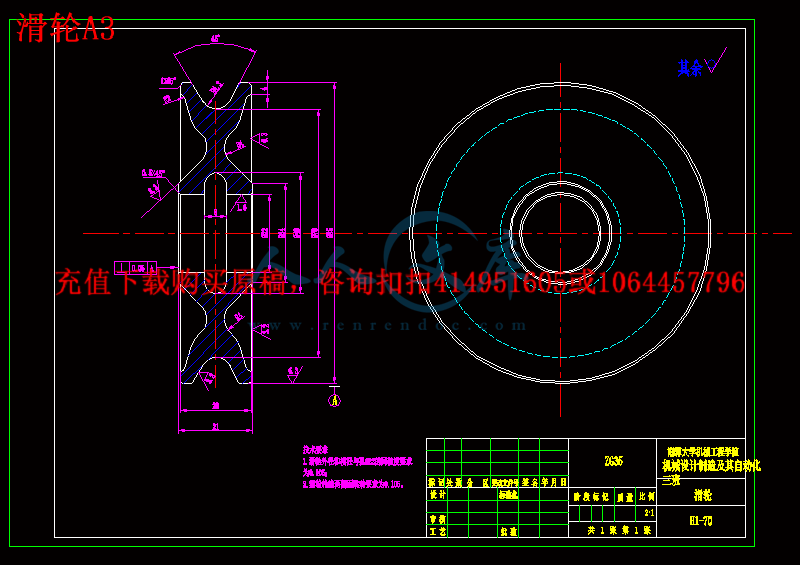


 川公网安备: 51019002004831号
川公网安备: 51019002004831号